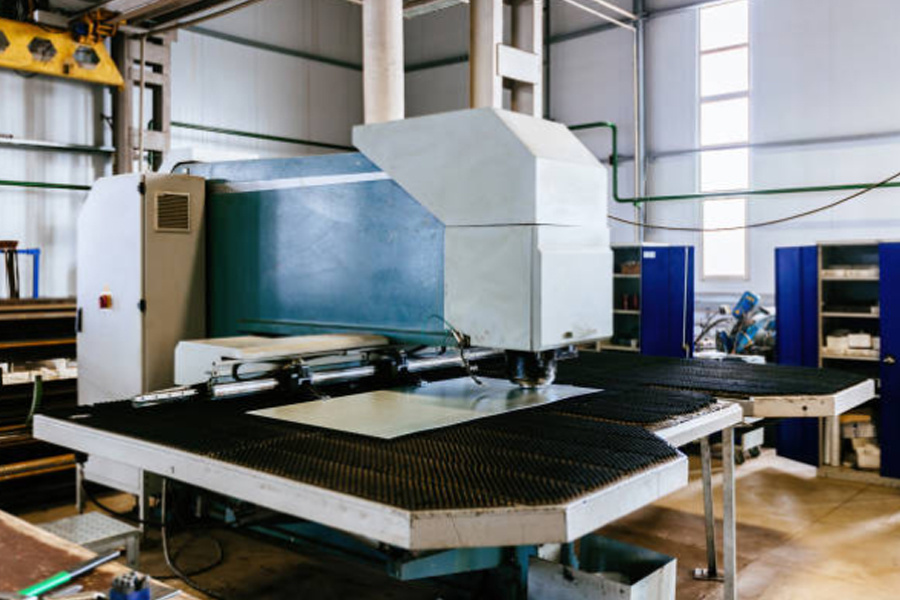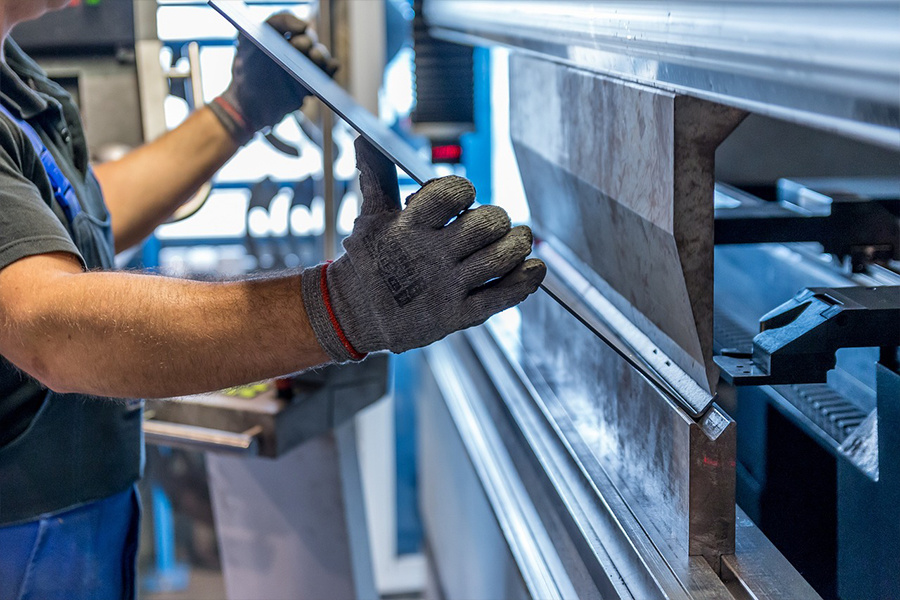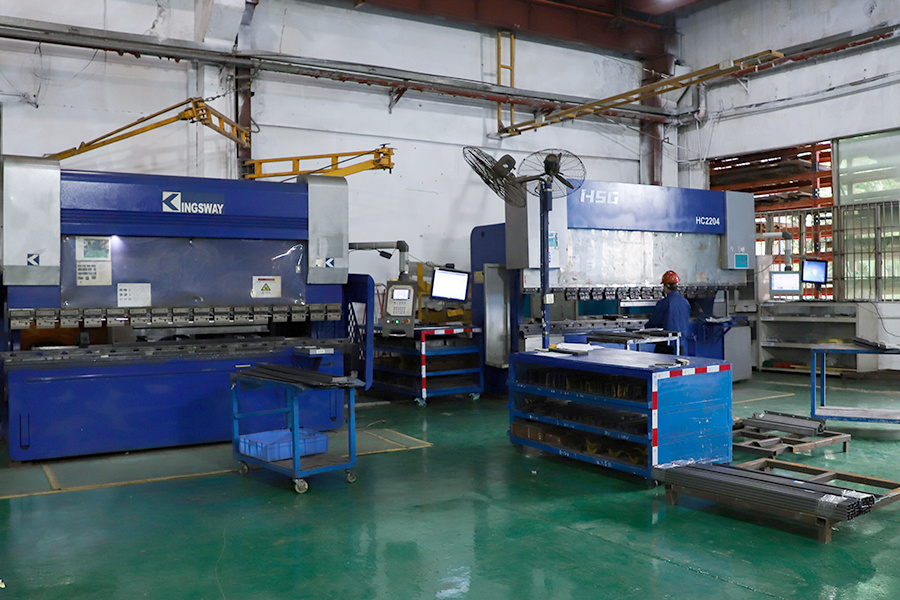Full analysis of sheet metal bending equipment requirements and application areas
Release time:
2025-05-29
Detailed explanation of the high-precision and flexible requirements of sheet metal bending equipment, and its application in machinery manufacturing, electronics, automobiles and other fields, to help the sheet metal processing industry upgrade its technology.
In the sheet metal processing industry chain, sheet metal bending is a key process to test the forming accuracy and practical value of workpieces. Its smooth implementation depends not only on the accurate matching of equipment, but also on the regulations of multiple application fields. This article will analyze the important factors of the sheet metal bending process from the two aspects of equipment technical standards and industrial main uses.
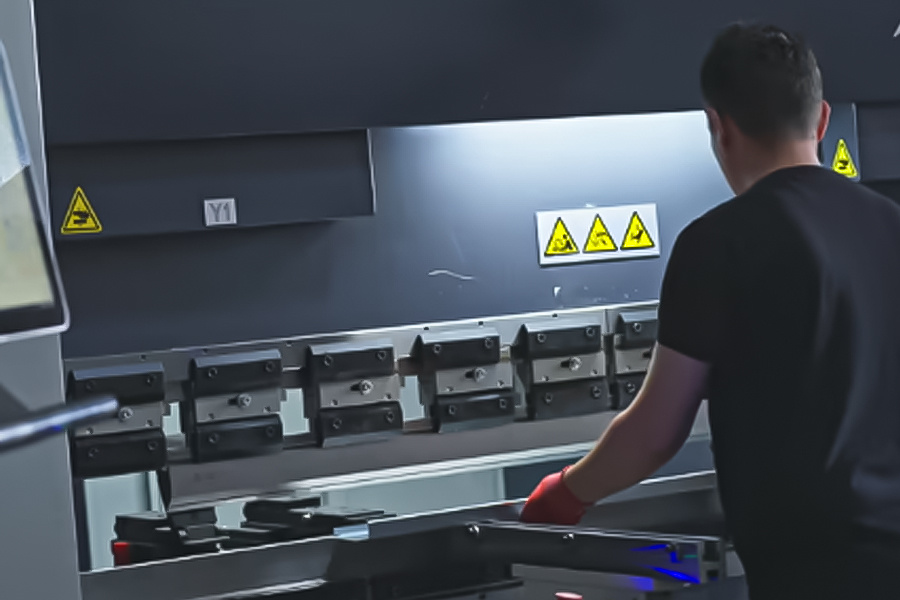
Important requirements for sheet metal bending process equipment
1. High-precision positioning and control
Sheet metal bending is very strict on the geometric accuracy of the equipment, and the bending angle deviation should be controlled within the national standard range. The equipment should be equipped with a high-resolution CNC lathe, which drives the roller to perform μm offset operation based on the servo motor, and cooperates with the laser rangefinder or grating ruler to feedback the component data in real time to form a closed-loop control system. As a key component of bending forming, the material strength, appearance roughness and production accuracy of the mold are directly related to the quality of the workpiece. The mold is required to be made of high-strength alloy products, and then precision ground to ensure that the flatness and verticality of the equipment workbench meet the standards.
2. Flexible processing compatibility level
Today's sheet metal processing should solve the diversified types of plates (such as carbon steel, stainless steel, aluminum alloy, etc.) and thickness (from thin plates to medium and thick plates), and the equipment should have a wide range of processing adaptability. The outer diameter of the bending machine must cover the forming force required for different plates, and the dynamic pressure management is based on the hydraulic or electric servo system. At the same time, the equipment should be suitable for a fast mold replacement system, such as a mechanical lock or electromagnetic adsorption device, with an intelligent parameter memory function, which can change different molds within a few minutes to meet the needs of multi-variety small batch production.
3. Intelligent production function
In order to ensure processing efficiency and consistency, technical equipment must integrate intelligent modules. For example, the rapid calculation of bending compensation can generate machine tool compensation parameters according to the material and thickness of the plate, and reduce the cost of human trial and error; the 3D visual alignment system scans the workpiece components through the camera, guides the robot arm to accurately position, handles the difficult positioning of complex workpieces, and submits production data in real time, facilitating workshop-level production management and quality traceability.
4. Safety protection and reliability design
The equipment should be equipped with multi-level safety protection devices, including photoelectric protection screens, reversing interlocking systems, mold anti-collision detection, etc., to prevent operators from accidentally contacting dangerous areas. The mechanical structure design should pay attention to the stability of long-term high-load operation, and select finite elements to improve the rigidity of the fuselage. Key components such as ball screws and guide rails should use dust and water-proof designs to enhance the service life of the equipment.
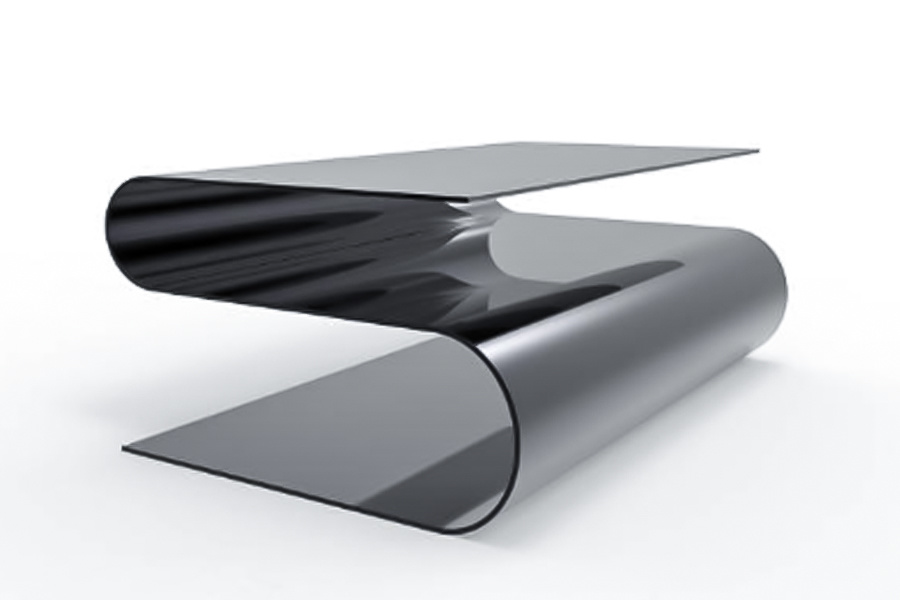
Various application scopes of sheet metal bending process
1. Mechanical manufacturing machinery and equipment
In general mechanical parts processing, sheet metal bending is widely used in the establishment of distribution box shells, machine tool protective covers, and industrial control automation equipment racks. According to precise bending, complex geometric structures are pieced together to meet the requirements of equipment for strength, sealing and installation accuracy. This type of application generally involves medium and thick plate processing, which requires high equipment pressure output and mold durability.
2. Electronic appliances and communication equipment
Mobile phone cases, notebook stands, electrical product control panels, communication base station cabinets, antenna accessories, etc. in the consumer electronics field use sheet metal bending to form plywood with high precision. The workpiece generally strictly controls the surface accuracy and semi-bending, and the equipment has μm accuracy and noise reduction production to avoid scratches or deformation during processing.
3. Building decoration and new energy fields
The metal curtain wall structure, interior decoration lines in building decoration, and the photovoltaic bracket and charging pile housing in the new energy industry are personalized according to sheet metal bending. Adjustment and structural adjustment. This application generally involves large-scale material processing, requiring the equipment to have a wide workbench, a long stroke bending level, and be suitable for multi-directional continuous bending to meet the requirements of complex surface creation.
4. Automobile industry and transportation equipment
The body door inner panel, dashboard bracket, chassis structure, urban rail car connection parts, and emission system components should be designed with high wear resistance and lightweight according to sheet metal bending. This field has high requirements for the consistency of workpieces. The equipment must integrate an automatic loading and unloading system and work with robots to complete the intelligent production of the entire process from plate to finished product.
5. Aerospace engineering and high-end equipment
The aircraft skin ribs, satellite components, and surgical equipment housings of high-end medical equipment in the aerospace field have well defined the accuracy of sheet metal bending. The equipment needs to operate in a constant temperature and humidity environment, and non-contact detection technology is used to monitor the bending process in real time to ensure that the standard tolerance of the workpiece is maintained at the sub-millimeter level and meet aviation quality standards.
As an important link between design ideas and physical products, the iterative upgrade of its equipment and the advancement of application scenarios are driving the sheet metal processing industry towards high precision and intelligence. Whether it is the solid and reliable manufacturing of industrial equipment or the soft and exquisite consumer electronics, sheet metal bending equipment has always used technological innovation as a carrier to provide reliable forming solutions for various industries.
Key Words




